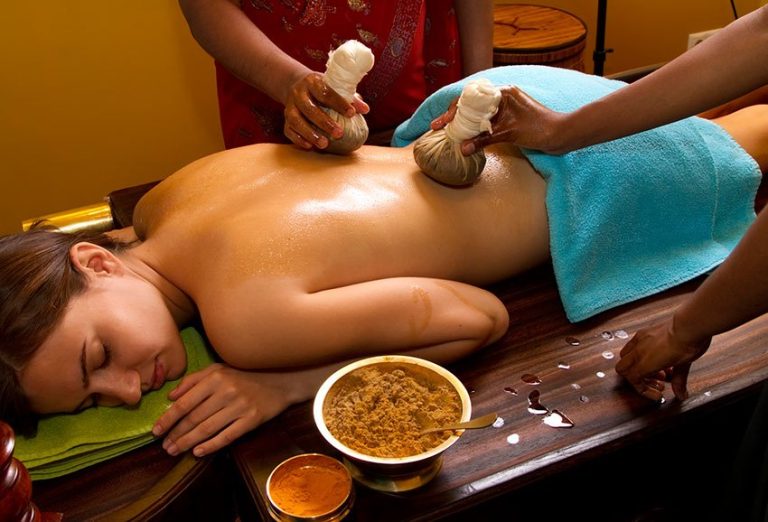Taking a gap year is a bold and rewarding decision. Whether you’re a high school graduate, university student, working professional, or retiree, planning a gap year with travel at its core can transform your life. It offers the perfect break from routine to explore new cultures, learn new skills, and rediscover yourself. But it needs smart planning to turn a dreamy escape into a meaningful adventure.
This article provides a detailed guide to help anyone from students to career shifters plan a fulfilling, travel-centric gap year.
What Is a Gap Year?
A gap year is a planned break from regular life school, work, or responsibilities used for self-growth, learning, travel, and exploration. It can last anywhere from a few months to a full year, and while it’s traditionally associated with students, anyone at any life stage can take one.
Why Travel During a Gap Year?
Travel brings experiences that no classroom or job can offer:
- Cultural immersion helps build empathy and global understanding.
- Learning new languages or cuisines can open new career and personal doors.
- Adventure and spontaneity build confidence and resilience.
- Volunteering or interning abroad adds real-world experience to your resume.
Who Can Take a Gap Year?
- High School Graduates: Gain maturity and real-world exposure before starting university.
- College Students: Take a break mid-degree to avoid burnout or discover new passions.
- Recent Graduates: Travel before starting a career or further studies.
- Mid-Career Professionals: Reset or prepare for a career change.
- Empty Nesters or Retirees: Enjoy newfound freedom with meaningful travel.
Step-by-Step Gap Year Travel Planning
1. Define Your Purpose
Ask yourself:
- Do you want to relax, volunteer, learn, or work abroad?
- Are you escaping something or seeking something?
- What skills, experiences, or goals do you hope to gain?
2. Choose Your Travel Style
- Solo travel: Empowering and flexible.
- Group tours: Structured and social.
- Volunteering abroad: Impact-driven.
- Working holidays: Budget-friendly and immersive.
- Study programs: For academic credits or new skills.
3. Pick Destinations That Match Your Goals
Popular Destinations by Purpose:
| Purpose | Ideal Destinations |
| Volunteering | Kenya, Nepal, Peru |
| Language Learning | Spain, France, Japan |
| Adventure Travel | New Zealand, Iceland, Costa Rica |
| Cultural Immersion | Morocco, India, Thailand |
| Budget Backpacking | Vietnam, Bolivia, Indonesia |
| Digital Nomad Life | Portugal, Mexico, Georgia |
4. Budget and Save
Estimated average costs:
- $10,000–$20,000 for a year depending on location and lifestyle.
- Budget destinations: Southeast Asia, Eastern Europe, South America.
- Costlier regions: Western Europe, North America, Japan, Australia.
Tips to save:
- Work exchange (e.g., Workaway, WWOOF)
- Teaching English abroad
- Hostel or homestay accommodations
- Off-season travel
5. Sort Out Visas and Documents
Research visa types: tourist, student, working holiday, or volunteer. Some countries offer:
- Working holiday visas (Australia, New Zealand, Canada)
- Volunteer visas (depending on organization and country)
- Student/short-term course visas (Spain, Italy, Korea)
Always ensure your passport is valid for at least 6 months beyond your planned stay.
6. Plan Your Itinerary with Flexibility
- Create a loose route with must-see spots and buffer periods for spontaneous detours.
- Use travel apps (Rome2Rio, Skyscanner, Hostelworld, Google Maps) to plan and book efficiently.
7. Health and Safety
- Get travel insurance (with medical and cancellation coverage).
- Visit a travel clinic for vaccines and travel health advice.
- Pack a first-aid kit and necessary medications.
What to Pack for a Gap Year
Essentials:
- Lightweight clothing, suitable for different climates
- Travel insurance documents, passport, visa copies
- Universal adapter, power bank, and secure bag
- Reusable water bottle and eco-friendly toiletries
- Journal or blog gear (optional but meaningful)
Making It Meaningful: Mindful Travel Tips
- Engage with locals through cultural activities and language learning.
- Give back by joining community-led volunteer programs.
- Reflect regularly through journaling, blogging, or vlogging.
- Stay open to changing plans and personal growth.
Educational and Work Options to Explore
- TEFL/TESOL Certification: Teach English abroad.
- Language Schools: Intensive courses in Japan, France, or Latin America.
- Work Exchange: Sites like Workaway or Worldpackers.
- Remote Internships: Gain experience while traveling.
- Creative Sabbatical: Time for writing, art, photography.
Is a Gap Year Right for You?
If you feel stuck, curious, adventurous, or simply burnt out a travel-centered gap year could be your turning point. With thoughtful planning, it doesn’t have to be expensive or scary. It can be the most enriching chapter of your life, no matter your age.
Quick Checklist for a Travel Gap Year
- Set your purpose and goals
- Choose destination(s)
- Create a flexible travel itinerary
- Budget and save
- Apply for visas and get insurance
- Arrange accommodations and flights
- Pack smart
- Stay open and adaptable





Leave a Comment